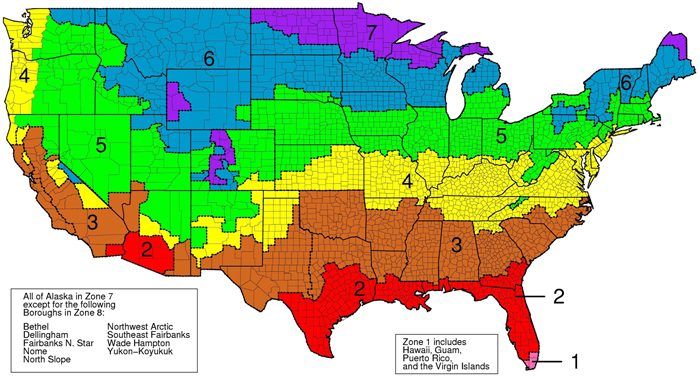Insulation r ratings can be confusing. What’s the difference between an r-factor and a k-factor? And what’s a c-factor? We’ll break insulation r ratings down into easy-to-understand terms. We’ll start by explaining what each rating means, and then we’ll tell you what you need to know to choose the proper insulation for your home.
What is the R-Rating for Insulation?
The R-value measures an insulation material’s resistance to the heat used in the building and construction industry. Thermal resistance is the capacity of traditional insulation materials to resist heat flow. The higher the insulation R-value, the greater the ability to resist heat flow and the better the insulating properties. For insulation products, the R-value indicates the level of thermal resistance provided by the product.
What Insulation R-Value Do I Need?
When it comes to home insulation, the R-value measures how well a material can resist heat flow or its thermal performance. The higher the R-value, the greater the insulating power. When deciding what insulation R-value you need for your project, consider a few factors.
- Climate: First, think about the climate you live in and whether you need to keep your home warm in the winter or cool in the summer.
- Insulation Type: Next, consider the type of insulation you want to use. Some materials, such as cellulose blown-in insulation and spray foam, have a higher R-value than others.
- Size of Your Space: Consider the size of your space and the amount of heat you want to keep in or out. You will want to figure out how much insulation you will need for your project.
What R-Value Rating for Walls?
The minimum r-value for a wall cavity varies depending on the climate, but it is generally advisable to choose a material with an R-value of at least 5. Unfortunately, not all materials are equally effective at insulating homes. For example, brick has an r-value of only 2, while fiberglass insulation has an R-value of 4. Depending on the building material, you may need to use a different insulation R-value. If your exterior siding is brick, you may need extra insulation than if you have an uninsulated wood frame wall. It is important to consult our experts before choosing materials for your empty wall cavity, floor, or attics.
What R-Value Rating Are Needed for Attics?
When it comes to your attic, you need to ensure that it is adequately insulated to keep your home comfortable. The recommended R-value for an attic varies depending on your location and the climate. However, a good rule of thumb is to aim for an R-value of at least 30. This will ensure that your attic is adequately insulated and that you are not wasting energy trying to heat or cool your home.
What R-Value Rating for Floors?
The r-value rating is important to consider when it comes to floors because it will determine how well your floor will resist heat loss. Heat loss through floors can account for a significant amount of energy loss in a home, so choosing a flooring material with a high R-value rating is important. Some common flooring materials and their corresponding r-value ratings include:
- Concrete: R-0.6 to R-1.2
- Wood: R-0.8 to R-1
- Carpet: R-0.5 to R-2.5
- Tile: R-0.25 to R-1
- Vinyl: R-0.2 to R-1.6
What is the Best R-Value for Insulation?
The best R-value for insulation will vary depending on the climate, the type of building, and the homeowner’s specific needs. However, materials with high R-values are typically better at insulating than those with low R-values.
What is a K-Factor?
The k-factor is an important measurement to consider when it comes to insulation. The k-factor measures thermal conductivity, which is how well heat passes through a material. The lower the k-factor, the better the material insulates against heat transfer. In other words, materials with a low k-factor make good insulators because they don’t allow heat to pass through easily. This is why k-factors are often used to compare different insulation materials.
What is a C-Factor?
Simply put, a c-factor is a measure of how well insulation performs in the presence of heat flow. To calculate a c-factor, you need to know three things:
- the thermal conductivity of the material (k)
- the thickness of the material (d)
- and the temperature difference across the material (ΔT)
Increase the Energy Efficiency of Your Cooling and Heating System and Contact Wattson Home Solutions
So how much insulation do you need? What R-Value should your building materials be? Our team of energy and insulation experts can answer these questions, so you don’t have to.
Schedule an energy assessment and see where your home is most vulnerable to energy loss.







